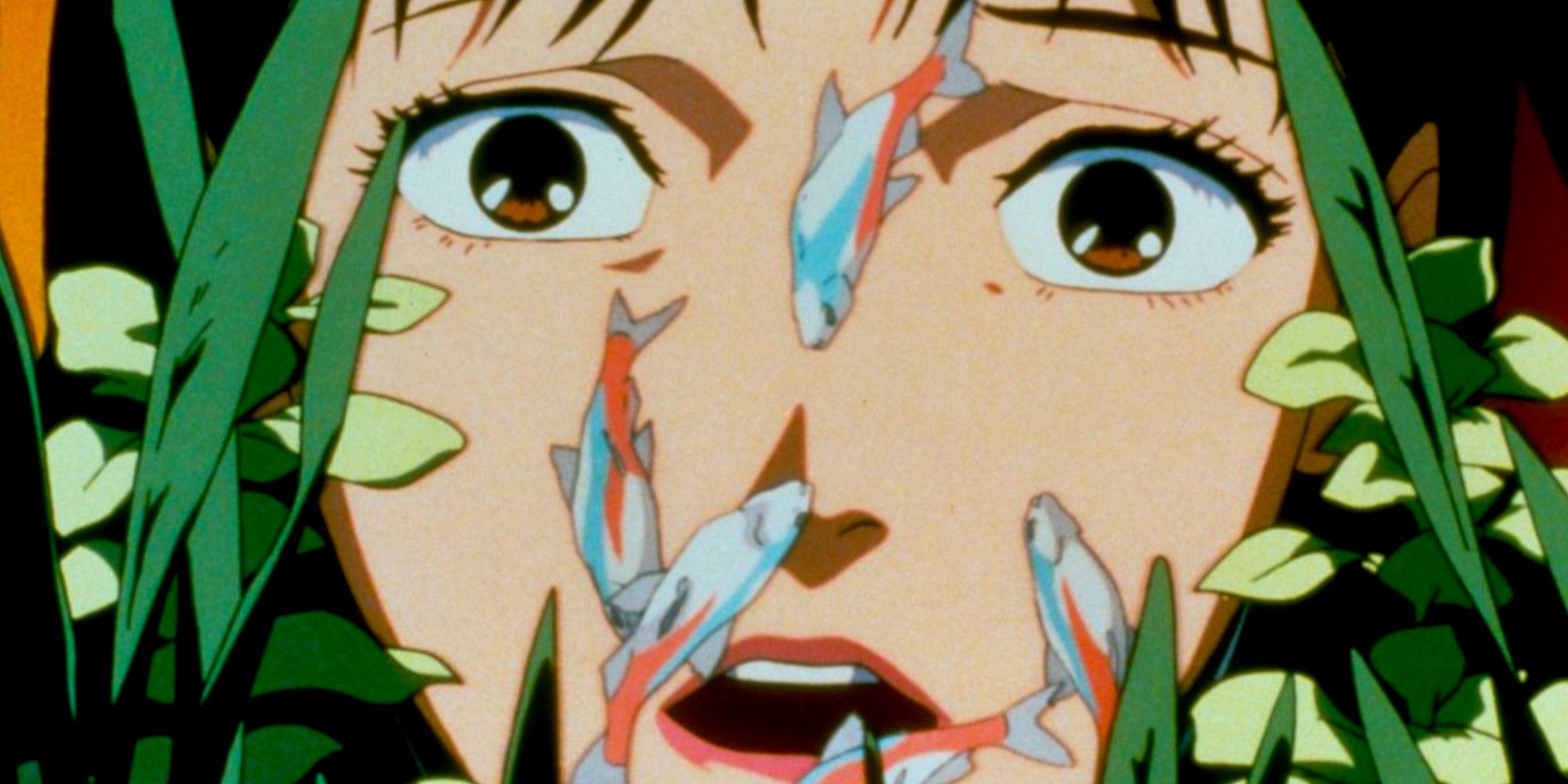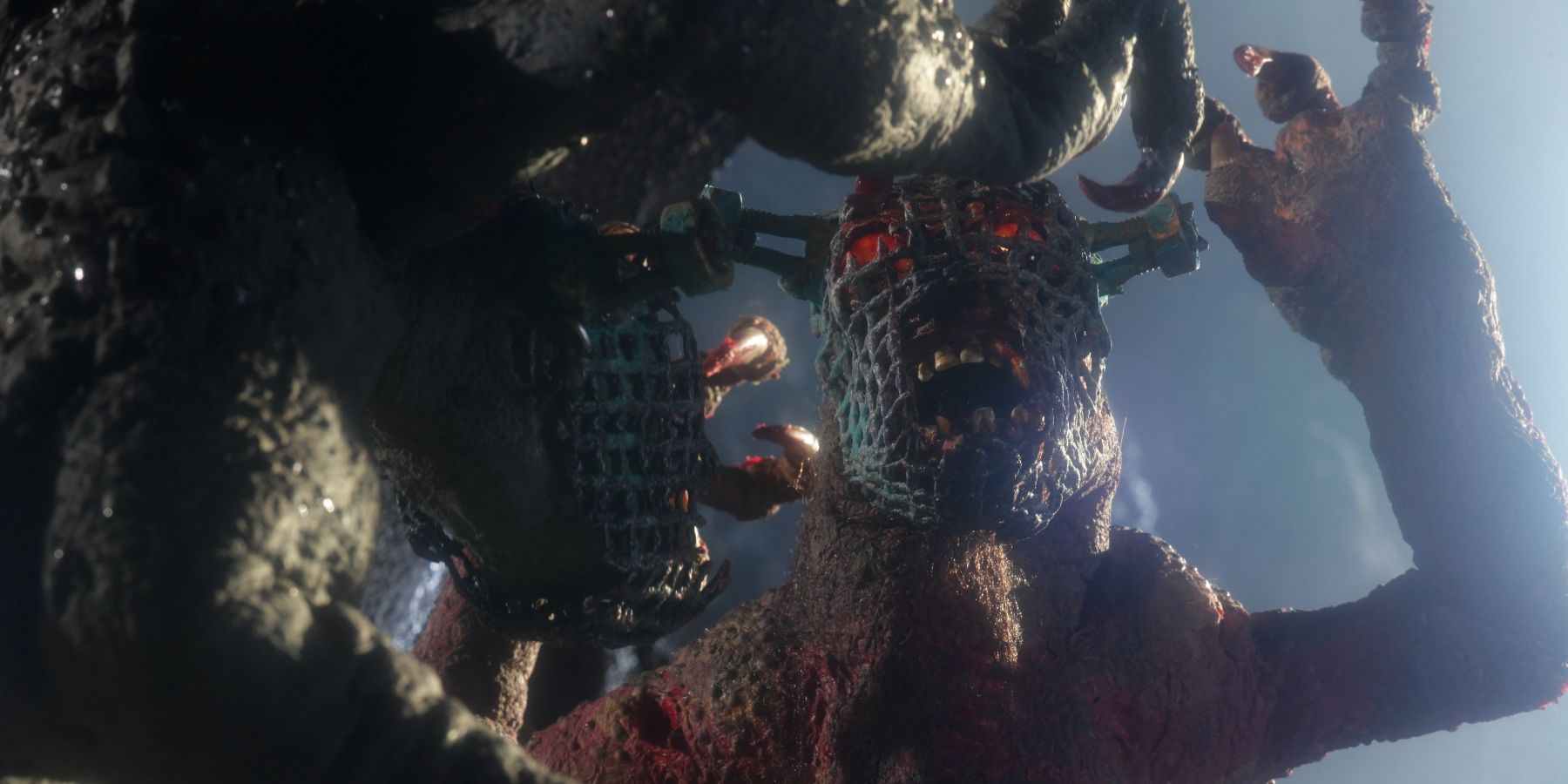
[ad_1]
Despite the reductive opinions of some, animation is an art medium, rather than a genre. As a medium, animated films can fit into just about any genre. There’s no reason for good scary stories to be confined only to live-action cinema when so many incredible things can be accomplished with various visual styles.
Animated horror tends to be in the family-friendly subgenre. While tons of horror for kids happens to include fairly disturbing scenes, it’s still visibly meant for young folks. On the other hand, so much adult-oriented animation boils down to immature garbage. Though these are excepted truths, they aren’t hard rules and plenty of creative people have broken the mold.
This animated horror anthology depicts five of the immortal works of Edgar Allan Poe in fantastical visuals and beautiful sound. Fans of Poe’s massive catalog will find an excellent cross-section of the author’s work and a visionary elevation of the material through animation. The dialogue is limited, but most of the segments feature narration from legends in the world of horror. Christopher Lee, Dracula star Bella Lugosi, b-movie icon Roger Corman, and beloved director Guillermo del Toro lend their vocal talents to the stories. Director Raul Garcia has a long history in the world of animation, from Nickelodeon cartoons to blockbuster films. This film is both a celebration of some of the most influential works of horror literature and the modern power of animation as a storytelling medium.
The Spine of Night
High-fantasy horror is unfortunately uncommon in the modern world of cinema. The world of wizards and warriors is rife with scary scenarios that few creatives are willing to take advantage of. Luckily, directors Philip Gelatt and Morgan Galen King were heavily inspired by bizarre animated classics like Fire & Ice and Heavy Metal. The influence of Ralph Bakshi is extremely palpable in The Spine of Night, but the film does manage to modernize the concept while using the classic rotoscope animation. The story follows the journey of a magical plant that grants its user terrible powers, leading to a unique fantasy anthology. The cast includes big names like Patton Oswalt, Lucy Lawless, and Joe Manganiello. The film isn’t for everyone, but it is a modern callback to a wonderful kind of film that simply doesn’t get made anymore. Gelatt brings a similar notion to the 15 episodes of Love, Death & Robots he wrote, and this feels like a more fleshed-out entry in that series that swaps sci-fi for fantasy.
Resident Evil: Vendetta
Yes, Capcom’s survival horror franchise has far too many on-screen adaptations and the overwhelming majority of them are terrible. However, the CG-animated entries in the franchise are a weird mixed bag. Vendetta is the third animated Resident Evil film, and it’s also probably the best cinematic experience the series has provided. The voice cast is solid with Matthew Mercer in the lead role as Leon S. Kennedy. The action is frankly far too good for a Resident Evil film. Players are used to these characters lumbering around in tank controls and trading blows in cutscenes, but this film brings some real John Wick-quality stuff to the table. It’s also legitimately scary in parts. Most films in the franchise lack tension, but Vendetta sells its desperate circumstances, even as its main characters pull off absurd feats of strength and skill. It’s a bizarre film, and the pace certainly drags in places, but there are enough great scenes to make Vendetta a masterpiece for fans and a fun time for newcomers.
Perfect Blue
Anime provides many of the best examples of horror animation across the world. Western animation is often kept in a box which makes it hard to get unique projects produced and popular, but anime enjoys a very different set of expectations. Based on Yoshikazu Takeuchi’s 1991 novel, Perfect Blue is a seminal work in psychological horror anime. The story follows a pop star who abandons her image and career to pursue other projects, only to descend slowly into dreamlike hallucinations and gruesome violence. Newer anime fans will constantly receive recommendations for 90s classics, whether it’s Akira, Ninja Scroll, or Vampire Hunter D. Perfect Blue earns that position as well, and anyone who hasn’t taken it in should do so without learning anything else about it.
Mad God
The story of Phil Tippett’s Mad God isn’t exactly Shakespeare, but the tale of the stop-motion master making the film has the air of an ancient journey. It took decades to bring this film to life, and one glance at it reveals why. Mad God is a visually incredible stop-motion film that drags the viewer into a world without joy, light, peace, or empathy. It’s a tone poem, and the tone is all-consuming existential dread. Mad God will test the constitution of most audiences, but anyone who can take it owes it to themselves to experience this haunting masterpiece of a real-life tortured artist.
[ad_2]
Source link






